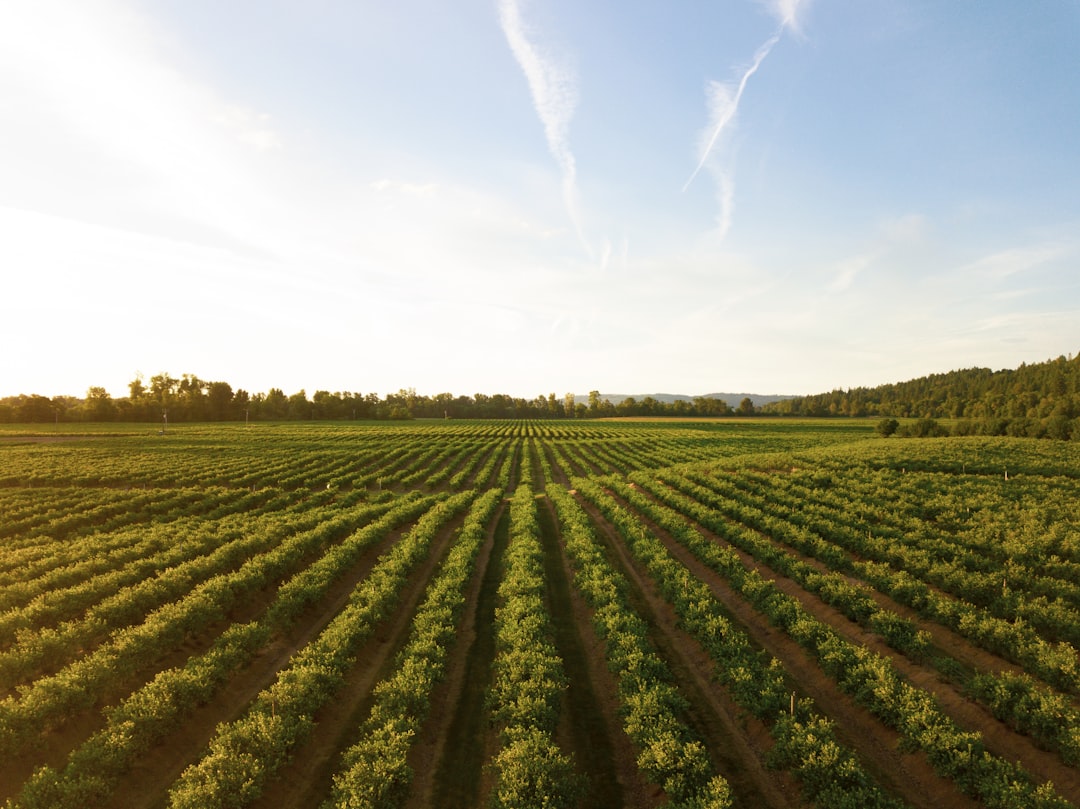
What You Need to Know About the Farm Loans Why It Matters to You
The $428 billion Agriculture Improvement Act of 2018 (Pub. L. 115-334), more frequently referred to as the 2018 Farm Bill, is due to expire on Sept. 30, 2023, with implications for practically every aspect of agriculture. As a result, the agricultural community in the United States, food producers and processors, as well as state, municipal, tribal, and federal politicians, have turned their focus to reauthorizing the Farm Bill. If you are looking for funds for farm consider getting a loan in acfa / Bad Credit Score. Lender like ACFA Cashflow can guaranteed you a loan for farm even with poor credit score.
How Is the Farm Bill Defined?
The Farm Bill is the US government’s single greatest financial commitment to food and agricultural producers in the United States, including nutrition aid, crop subsidies, crop insurance, rural broadband deployment, and a variety of other programs and projects. The Farm Bill is a multiyear omnibus bill that enables legislators to establish priorities for the food and agricultural sectors for a certain period of time, often every five years.
The first Farm Bill was adopted in 1933 in part to address the failed commodities market brought about by the Great Depression and to provide stability for United States food and agricultural producers who experienced catastrophic losses during the Dust Bowl. Historically, the Farm Bill has placed a premium on assistance for producers of staple commodities such as maize, soybeans, wheat, cotton, rice, peanuts, dairy, and sugar. The Farm Bill included a nutrition title in 1973. Nutrition aid now accounts for about three-quarters of Farm Bill spending. The current Farm Bill has twelve titles, as follows:
Commodities – price support, income aid, and catastrophe relief for main crops
Title II: Farmland conservation – environmental stewardship
Title III: Commerce – agricultural exports and international food aid
Supplemental Nutrition Assistance Program (SNAP) and Food Distribution Program on Indian Reservations are included in Title IV (FDPIR)
Credit – direct loans from the government, private loan guarantees
Title VI: Rural Development – initiatives promoting rural business and community development
Agricultural research and extension programs are included under Title VII: Research, Extension, and Related Matters.
Title VIII: Forestry – the Forestry Service of the United States Department of Agriculture (USDA) administers forestry management programs.
Title IX: Energy – renewable energy systems on farms and in communities
Horticulture (Title X) – promotes speciality crop, organic, and hemp production
Crop Insurance – USDA’s Risk Management Agency provides government crop insurance.
Miscellaneous — initiatives that benefit livestock and poultry producers, as well as new farmers and ranchers
Nutrition (76 percent of total expenditures), crop insurance (9 percent), commodities (7 percent), and conservation (7 percent) account for 99 percent of total Farm Bill expenditures. While nutrition will definitely be a focus of the upcoming Farm Bill debates, the conservation title is gaining prominence and relevance, reflecting the Biden Administration’s emphasis on mitigating climate change via better agricultural methods, dubbed “climate-smart agriculture.”
When Does the Farm Bill Reauthorization Process Begin?
Congress has began the process of renewal by asking stakeholder feedback on its goals for the upcoming Farm Bill. Each chamber’s Agriculture Committee must develop, edit, and vote on its own version of the Farm Bill, which must then be reconciled before ultimate passage. Once enacted, the law is sent to the president for signing, at which point the USDA may begin implementation.
Why Is This Critical?
Essentially, the Farm Bill serves as a road plan for federal spending. Numerous portions of the Farm Bill need congressional action each year during the federal budget legislative process. However, since the Farm Bill establishes priorities, it determines how federal monies are spent each year, stakeholders must interact with Congress to ensure their Farm Bill interests are represented.
Additionally, a critical aspect in establishing the final objectives for the 2023 Farm Bill is the fact that the renewal process occurs during an election year. With surveys showing that Democrats are likely to lose control of the House and maybe the Senate, Republican members will be hesitant to agree to Farm Bill measures if they believe they will retain control of the pen next year when the Farm Bill is finished. As such, stakeholders must engage both Democratic and Republican leaders in agriculture.

Comments are closed.